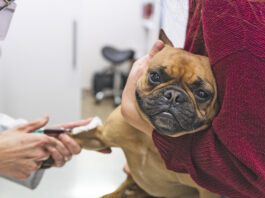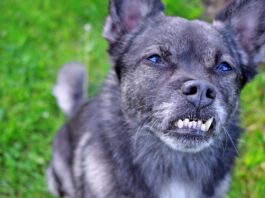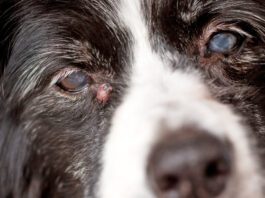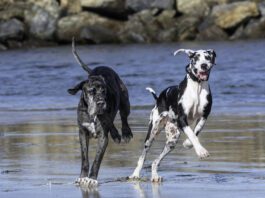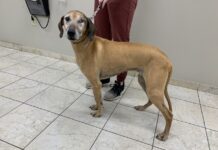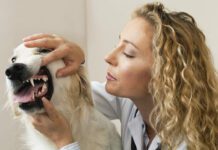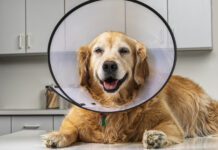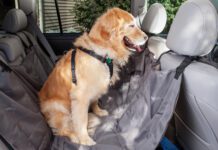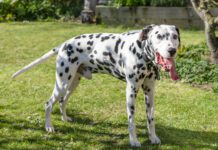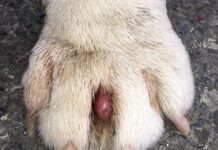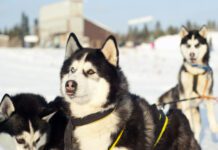Riding in Cars With Dogs
To prevent injuries – or even your dog’s accidental death – when driving with your dog, restrain your dog with a safety harness and seat belt or a properly secured crate, and don’t let your dog sit on your lap, or drive with his head out the window.
Is My Dog Overweight?
Overweight dogs show sad symptoms that indicate a weight issue, so it's important to learn how to tell if a dog is overweight. Here’s how.
Pythiosis: A Scary and Emerging Disease
An organism that grows in stagnant water is widening its reach in the U.S. Sometimes referred to as “swamp cancer,” pythiosis in dogs has a high mortality rate if not diagnosed and treated early enough.
Does Your Dog Have Pale Gums?
Pale gums in dogs can be a symptom of anemia or blood loss, but there are other causes as well.
Should You Use Neosporin on Dogs?
There are worrisome drawbacks to using Neosporin on dog wounds.
What Can I Give My Dog for Motion Sickness?
Dogs can take Dramamine for motion sickness, but a better option is an FDA-approved medication.
Pedialyte for Dogs
Dogs can have Pedialyte, but a better choice is a formula specifically made for dogs.
Vitamins for Senior Dogs
The best senior dog vitamins are the ones your dog needs and that have an NASC seal on them.
Rat Poisoning and Dogs
Better known as “rat poisons,” rodenticides are deadly to any mammals that consume them. Know the signs of poisoning so you can seek fast, appropriate treatment if your dog finds some.
How To Treat Cysts on Dogs
Discovering an unexpected lump on your dog’s skin can be alarming. Among the common causes of such bumps are cysts. Dog cysts are benign; they don’t pose a serious risk to a dog’s health.
Why Do Dogs Shiver?
Dogs sometimes shiver when they are cold, but if your dog is shaking when it’s not cold, there may be reason to worry.
Snow Nose on Dogs Is Real
Snow nose on dogs is harmless and the pink color usually goes away with the seasons.



